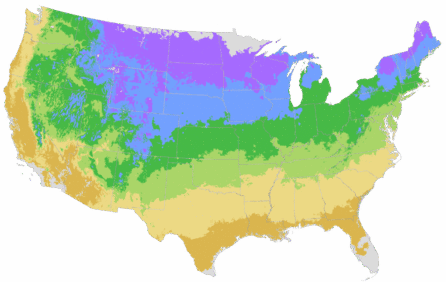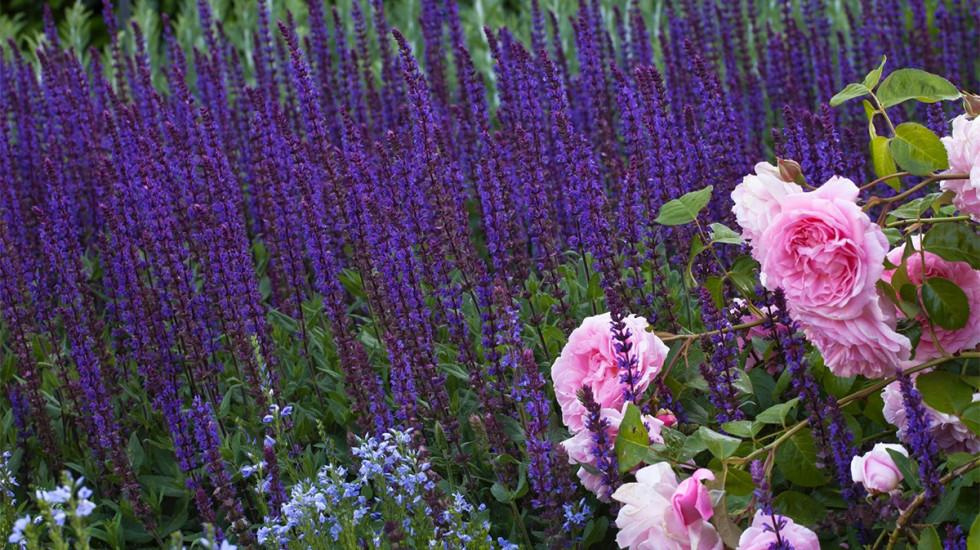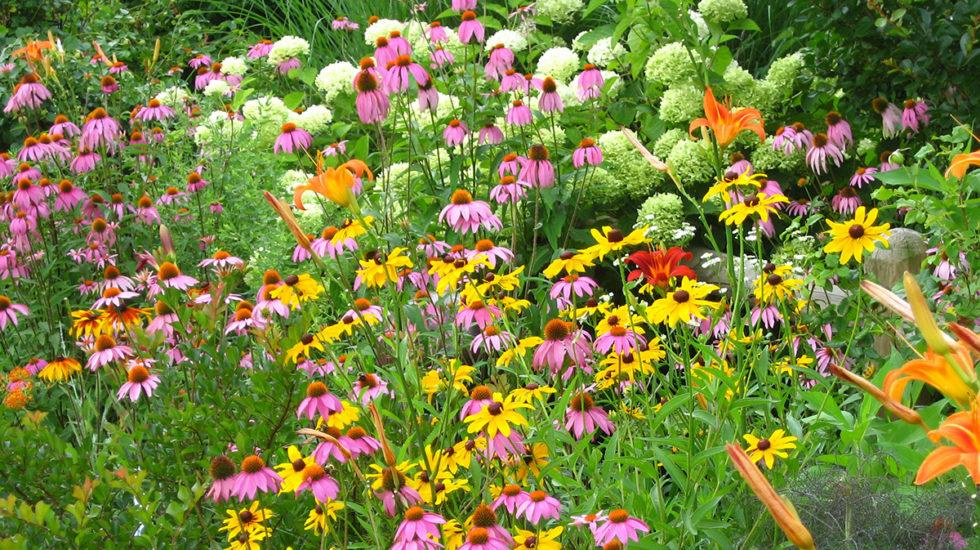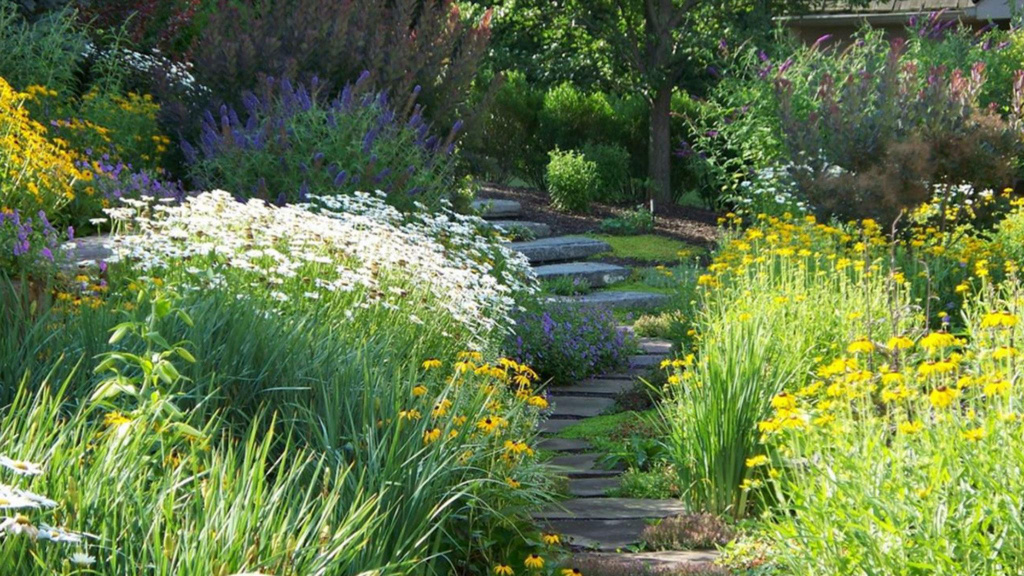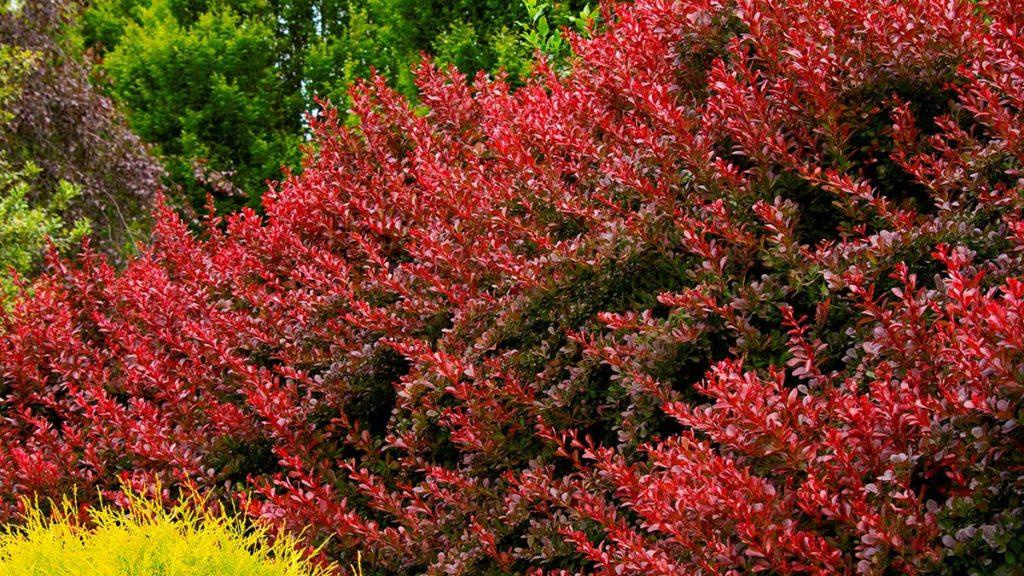You're growing in this Zip Code:
Change LocationDiscover Plants for Your Area
Russian Sage
Perovskia atriplicifolia
Retailers Near You
| Description | Tall, airy, spike-like clusters create a lavender-blue cloud of color above the finely textured, aromatic foliage. This vigorous, hardy, heat-loving and drought tolerant plant resists deer and pests. A superb companion for perennials, succulents and ornamental grasses. Deciduous. |
|---|---|
| Bloom Time | Summer |
| Deciduous/Evergreen | Deciduous |
| Special Features | Easy Care, Improved Pest and Disease Resistance, Waterwise, Attracts Pollinators, Fast Growing |
| Problems/Solutions | Deer Resistant, Rabbit Resistant |
| Growth Rate | Moderate |
| Growth Habit | Upright |
| Flower Attributes | Flowers for Cutting, Showy Flowers |
| Landscape Use | Border, Container, Hillside |
| Design Ideas | Although it is from Russia, this lovely airy plant has the rangy character of Western sagebrush. Use it in dry landscapes with other desert plants or in gardens filled with natives. Very nice background in the cottage garden. A valuable plant for the Santa Fe style or even as a Mediterranean plant for that Tuscan garden of your dreams. Plant as singles, in clusters to intensify its presence, or in a linear mass for knot gardens or small divider hedges. |
| Flower Color | Purple |
| Foliage Color | Gray-green |
| Companion Plants | Coneflower (Echinacea); Butterfly Bush (Buddleja); Milkweed (Asclepias); Bee Balm (Monarda); Aster (Aster) |
| Care Instructions | Easily grown in average to lean, fast-draining soils. Avoid wet, poorly drained soils. Water deeply, regularly during the first growing season to establish an extensive root system; once established, reduce frequency. Fertilize in early spring and prune to within several inches above the ground to promote dense growth and heavy bloom. |
| Description | Tall, airy, spike-like clusters create a lavender-blue cloud of color above the finely textured, aromatic foliage. This vigorous, hardy, heat-loving and drought tolerant plant resists deer and pests. A superb companion for perennials, succulents and ornamental grasses. Deciduous. |
|---|---|
| Bloom Time | Summer |
| Deciduous/Evergreen | Deciduous |
| Special Features | Easy Care, Improved Pest and Disease Resistance, Waterwise, Attracts Pollinators, Fast Growing |
| Problems/Solutions | Deer Resistant, Rabbit Resistant |
| Growth Rate | Moderate |
| Growth Habit | Upright |
| Flower Attributes | Flowers for Cutting, Showy Flowers |
| Landscape Use | Border, Container, Hillside |
|---|---|
| Design Ideas | Although it is from Russia, this lovely airy plant has the rangy character of Western sagebrush. Use it in dry landscapes with other desert plants or in gardens filled with natives. Very nice background in the cottage garden. A valuable plant for the Santa Fe style or even as a Mediterranean plant for that Tuscan garden of your dreams. Plant as singles, in clusters to intensify its presence, or in a linear mass for knot gardens or small divider hedges. |
| Flower Color | Purple |
| Foliage Color | Gray-green |
| Companion Plants | Coneflower (Echinacea); Butterfly Bush (Buddleja); Milkweed (Asclepias); Bee Balm (Monarda); Aster (Aster) |
| Care Instructions | Easily grown in average to lean, fast-draining soils. Avoid wet, poorly drained soils. Water deeply, regularly during the first growing season to establish an extensive root system; once established, reduce frequency. Fertilize in early spring and prune to within several inches above the ground to promote dense growth and heavy bloom. |
|---|
Retailers Near You
Planting and Growing Your Russian Sage
Choose a planting location for Russian Sage that receives full sun, as the plant thrives in areas with at least
6 hours of direct sunlight each day. The site should have well-drained soil, as Russian Sage is not tolerant of
wet feet. Ideal soil conditions are average to dry, and the plant can even thrive in rocky, sandy soils which make it an excellent choice for xeriscaping or low water-use landscapes.
Russian Sage typically reaches a mature size of about 3 to 5 feet in height and spreads 2 to 4 feet wide.
This moderate growth makes it suitable for use as a background plant in a border or as a vibrant addition to a
drought-resistant planting scheme. Its tall, airy spikes decorated with lavender-blue flowers extend above the
foliage from summer to fall.
To plant Russian Sage, dig a hole that is just as deep and twice the width of the root ball. Position the plant
so that the top of the root ball is level with the soil surface. Backfill with the excavated soil, firming gently
to remove air pockets. Water thoroughly after planting to settle the soil around the roots. For best results, incorporate a layer of mulch around the base to retain moisture and suppress weeds, but ensure the mulch is not touching the plant’s stems to prevent moisture-related diseases.
Regular maintenance of Russian Sage involves minimal care, reflecting its nature as a hardy perennial.
Prune the plant in late winter or early spring to promote denser foliage and to maintain its shape. Cutting back the plant to about 12-18 inches above the ground will encourage vigorous new growth and a fuller habit. Watering should be done deeply but infrequently, as Russian Sage is drought tolerant once established and excessive moisture can lead to root rot.
About Us
We have been pioneers and craftsmen in the art of growing plants for nearly
100 years. Since our founding in Southern California by Harry E. Rosedale, Sr.
in 1926, we have been absolutely dedicated and obsessed with quality.
We have been pioneers and craftsmen in the art of growing plants for nearly 100 years. Since our founding in Southern California by Harry E. Rosedale, Sr. in 1926, we have been absolutely dedicated and obsessed with quality.




